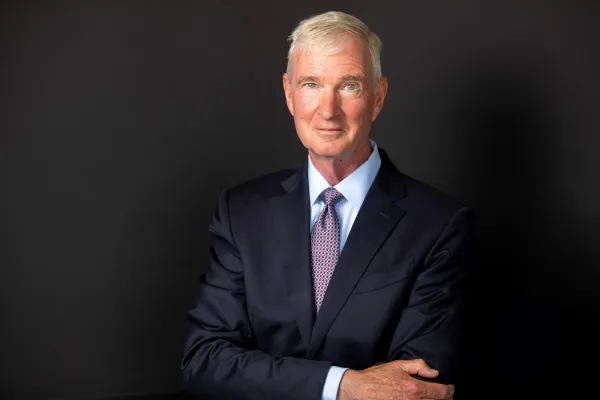The Saudi stock market has, until now, remained largely unnoticed. But the recent announcement that approval has been granted to open the market to foreign investors, a development that’s expected to occur in the first half of 2015, can be a game changer for the Middle East.
Saudi Arabia is a big, liquid market. The Tadawul All Share index comprises more than 160 companies with a total market capitalization of more than $560 billion. By that metric, it ranks seventh (out of 58) among emerging- and frontier-markets equity exchanges. Furthermore, the market has a 90-day average daily trading volume of $2.4 billion, which currently exceeds volume in Russia or South Africa.
Saudi companies offer a rich universe of investment opportunities, from banks to consumer-driven businesses. The Saudi market is deeper, broader and more liquid than investors think, making this, in our view, an ideal investment destination for investors seeking to diversify their equity portfolios.
Many investors think that investing in Saudi equities means investing in oil stocks. There are, in fact, no listed oil companies in Saudi Arabia. The energy sector consists of downstream refineries or oil services (shipping) companies, whereas the materials sector includes some of the downstream petrochemical companies.
One of the key policy initiatives in Saudi Arabia has been the labor reform introduced since the popular uprisings of the Arab Spring. This policy is designed to encourage employment of local rather than cheaper foreign workers. Although this may mean higher wage costs and resultant slower growth in the near term, this policy also creates a catalyst for growth in domestic consumption. The government has also increased minimum wages, opened doors to allow a greater number of women to enter the workforce and introduced unemployment benefits. Together, this means higher discretionary income, which is driving Saudi consumer spending growth to be among the highest in emerging markets.
Another key feature of Saudi Arabia that stands to support consumption in the medium to long term is its demographic. According to United Nations data, nearly 50 percent of Saudis are less than 30 years old, with just over 3 percent above the age of 65. Although the population is aging, the repercussions will not be felt for several decades.
One of the key benefits of including Saudi Arabia in an emerging- or frontier-markets portfolio is diversification. Investing in Saudi equities can offer the same risk-reward benefits as emerging markets or developed markets but with far less correlation. Thus adding an allocation to Saudi equities within an equity strategy can lower overall risks without necessarily sacrificing returns.
It is difficult to say how index providers will include this new market in their indexes once it is opened up. Nevertheless its inclusion alone will finally enable investors to have an on-benchmark exposure to a market that, in our view, has been overlooked for too long.
We do not expect inclusion to occur overnight, or for it to be fully reflective of the total size of the market. The Saudi government will be issuing rules for foreign investors (via its Qualified Foreign Investors, or QFI, program) and is also likely to introduce foreign ownership limits. The degree to which an index will include Saudi Arabia will depend on how accessible the market will be to a wide range of investors. Its weight in the index will generally be driven by the level of foreign ownership limits: The lower the limit, the smaller the weight.
According to MSCI, purely on the basis of the existing size of the Saudi market, Saudi Arabia would have an equivalent weight of 63 percent in the MSCI Frontier Markets index and about 4 percent in the MSCI Emerging Markets index. The index house has already stated that a market does not necessarily need to pass through Frontier status before entering the Emerging Markets universe. It is hard to say when this will occur, but index addition is unlikely before mid-2016.
As a result, investors who seek exposure to Saudi Arabia will either have to acquire a QFI licence or invest with a manager who is able to provide exposure. Inclusion in one benchmark or the other is not a significant driver of investment decisions in our strategies. Saudi Arabia will continue to be included in our Middle East regional portfolios as well as our Emerging Markets and Frontier strategies.
Julie Dickson is a portfolio manager and head of equities at Ashmore Investment Management.
Get more on emerging markets.






